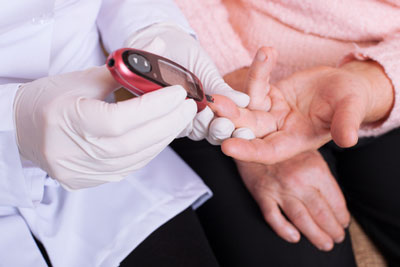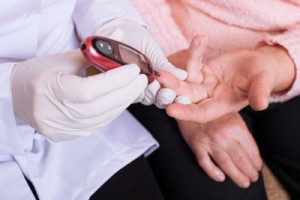Sanofi announces positive results from Toujeo Phase III study extension
Posted: 8 June 2015 |
Sanofi has announced results from two extension studies where participants with diabetes received Toujeo or Lantus treatment for a total of 12 months…


Sanofi has announced results from the EDITION JP 1 and EDITION JP 2 extension studies where Japanese participants (with type 1 and type 2 diabetes, respectively) received Toujeo® or Lantus® treatment for a total of 12 months.


Over this entire study period, Toujeo maintained similar blood sugar control, with fewer people experiencing night-time low blood sugar events, compared with Lantus. These new results from EDITION JP 1 and 2 were presented at the 75th Scientific Sessions of the American Diabetes Association.
“The results of the EDITION JP 1 and 2 extension studies reaffirm the clinical benefit that Toujeo can bring to people who are living with uncontrolled diabetes”, said Pierre Chancel, Senior Vice President, Head of Global Diabetes, Sanofi. “As a new addition to our portfolio, Toujeo gives patients a further option to help them reach their glycaemic goals, and demonstrates our commitment to providing innovative therapies to enhance diabetes care.”
In Japanese people with uncontrolled type 1 diabetes (EDITION JP 1), confirmed night-time low blood sugar event rates and percentage of participants experiencing one or more events over the 12-month study period were comparable in both groups. However, hypoglycaemic event rate at the lower threshold (<54 mg/dL) was 38% lower with Toujeo. Risk reduction of night-time low blood sugar events at this threshold showed that 21% fewer patients experienced night-time low blood sugar events with Toujeo vs. Lantus.
EDITION JP 2 data demonstrates Toujeo’s ability to achieve sustainable glycaemic control
In Japanese people with type 2 diabetes uncontrolled on basal insulin and oral anti-diabetics (EDITION JP 2), incidence of low blood sugar events at night-time was also reduced (27% fewer patients experiencing one or more events over 12-month study period). Event rates of low blood sugar at night-time and any time of the day were consistently lower with Toujeo compared with Lantus. Over the 12-month period, people with type 2 diabetes treated with Toujeo and oral medications also saw a slight reduction in body weight, in comparison to those treated with Lantus who saw a slight increase.
“The additional data from the EDITION JP 2 study demonstrate Toujeo’s ability to achieve sustainable glycaemic control in the Japanese type 2 population,” commented Yasuo Terauchi, Principal Investigator of the EDITION JP 2 study and Professor at Yokohama City University School of Medicine, Kanagawa. “The reduction in episodes of hypoglycaemia observed and the additional weight findings demonstrated in EDITION JP 2 mean that Toujeo has the potential to help the people with type 2 diabetes in Japan to start and remain on insulin therapy in order to reach their long-term targets.”




